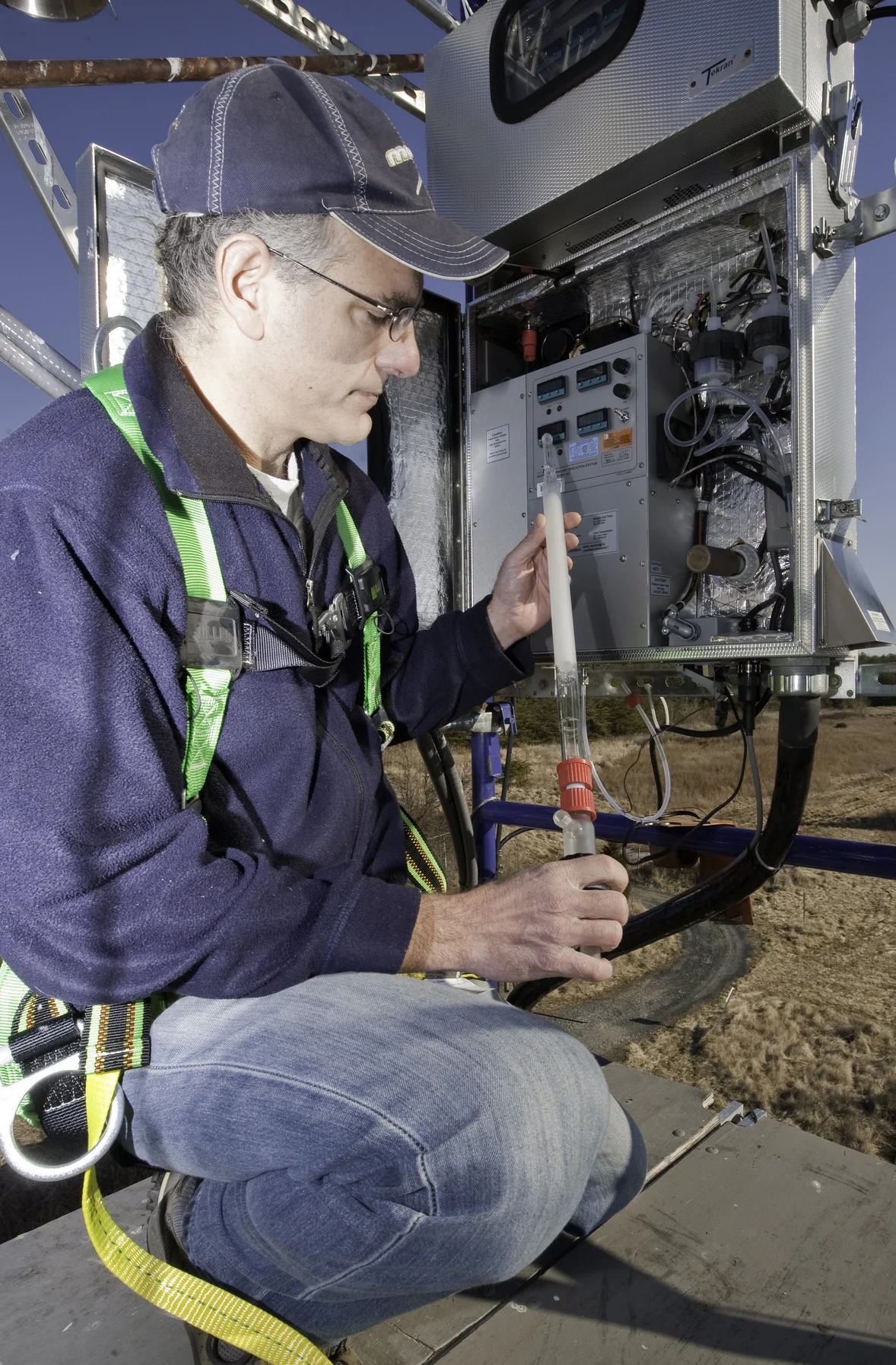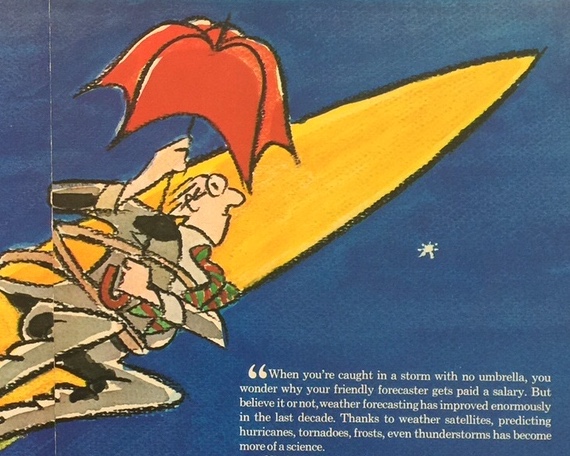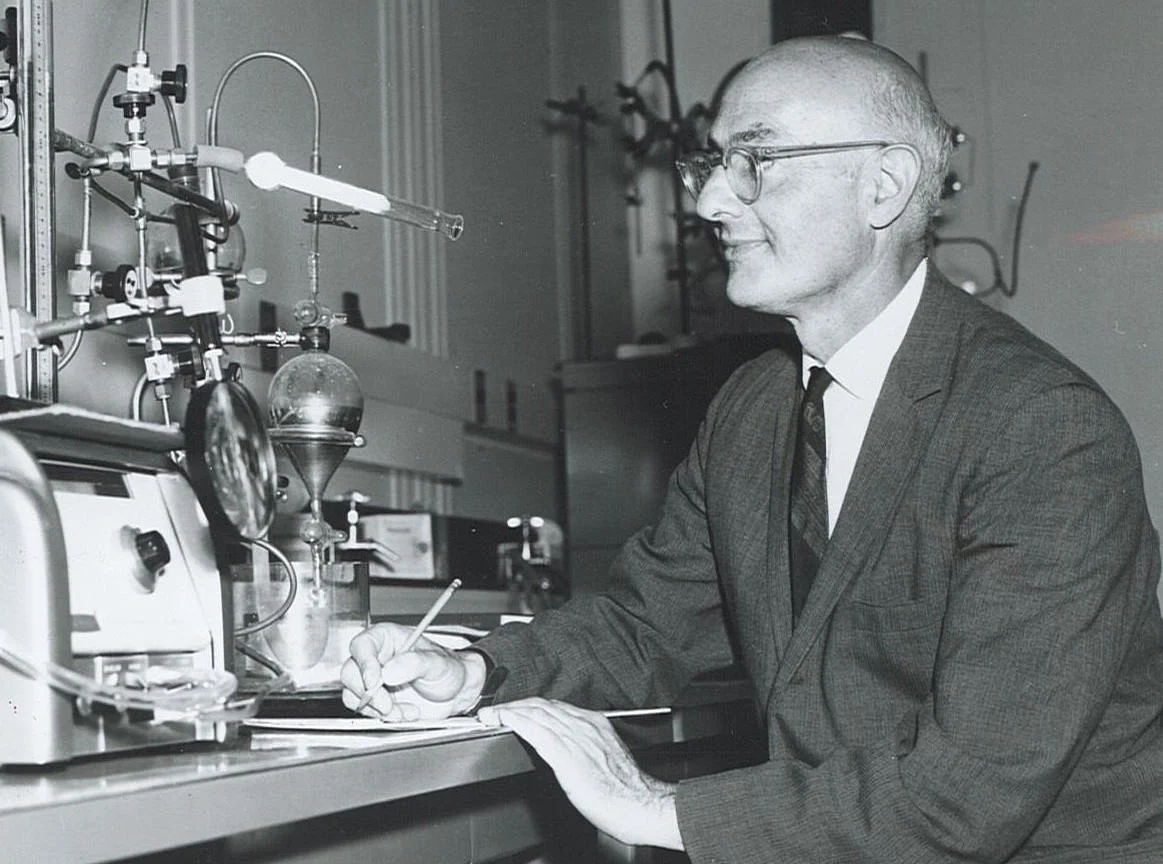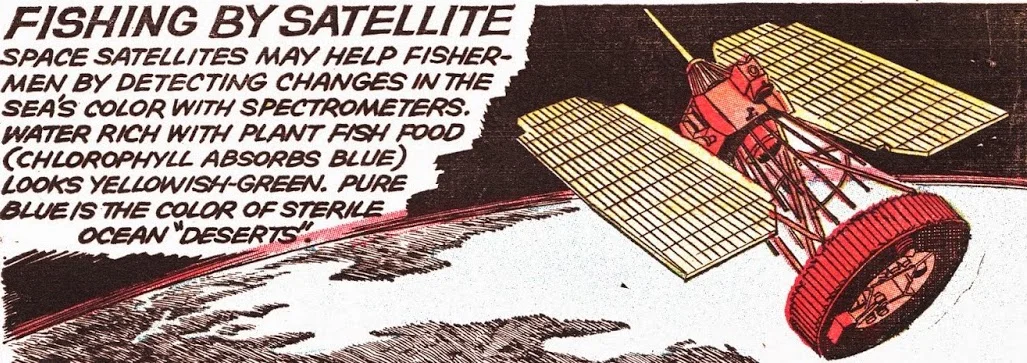The Threat to Hidden Science that Keeps Us Safe
A NOAA Air Resources Laboratory technician works with the instrumentation system used to measure atmospheric mercury concentrations. Image taken in February, 2009 at the National Atmospheric Deposition Program's Atmospheric Mercury Network site in Beltsville, MD. Image courtesy of NOAA/ARL, via Flickr and used under a Creative Commons license.
Two years ago, I was handed a decrepit tape recorder and a box of cassettes. Leaking battery acid stung my hand. My job was to rescue interviews conducted by retired scientists in the early 1990s. Those interviews introduced me to NOAA's Air Resources Laboratory (ARL), a quiet government lab whose research has shaped national defense, monitored the environment, and guided our government's response to nuclear accidents for almost 70 years.
Today, the Trump administration plans to eliminate the lab.
I've written a history of the Air Resources Laboratory over at Zocalo Public Square.
The ARL has remained largely hidden from public view, but its accomplishments include:
- Locating the site of the first Soviet atomic bomb test (1949)
- Proving that nuclear fallout would not remain safely trapped in the stratosphere (late 1950s)
- Defusing concerns about the oxygen depletion crisis (1970)
- Tracing long-range dispersal of air pollutants that caused acid rain (1970s-1980s)
- Inventing volcanic ash plume models for flight safety (late 1980s)
- Aiding emergency responders by developing operational models to predict the dispersal patterns of forest fire smoke, chemical spills, and dirty bomb attacks. (1980s-present)
- Advising the government about radiation dispersal after nuclear accidents at Three Mile Island (1979), Chernobyl (1986) and Fukushima (2011).
Most recently, the Lab has been responsible for tracking mercury pollution produced by coal-fired power plants. This is probably why the Trump administration wants to kill it.
Destroying the ARL would eliminate a unique capability to use research to improve operational forecasting models essential to keeping us safe. Call you congressperson and tell them to fully fund NOAA. We all depend on it.
Learn More:
- Roger Turner, "The Weather Scientists Who Can Forecast a National Security Threat," Zocalo Public Square, July 13, 2017.
- The Air Resources Laboratory website: https://www.arl.noaa.gov/index.php
- E. Jerry Jessee (2014) “A Heightened Controversy: Nuclear Weapons Testing, Radioactive Tracers, and the Dynamic Stratosphere,” in Toxic Airs: Body, Place and Planet in Historical Perspective edited by James Rodger Fleming and Ann Johnson (University of Pittsburgh Press): 152-180.






